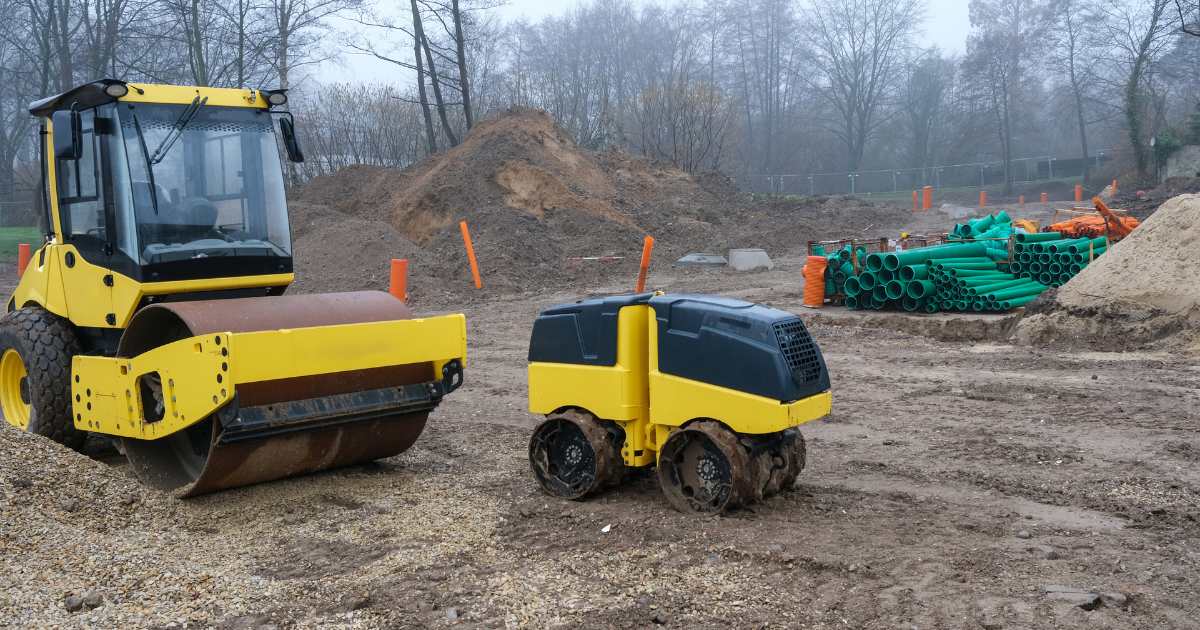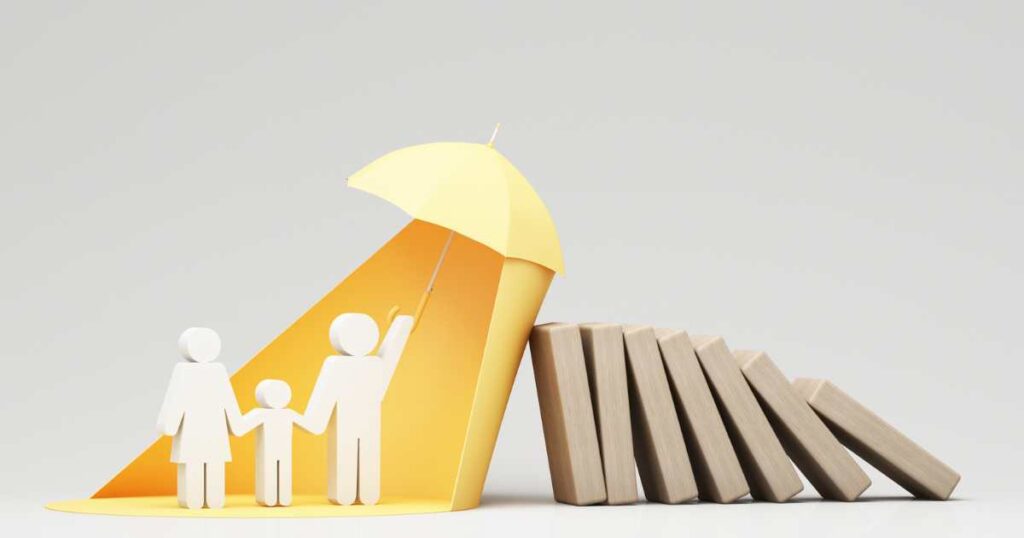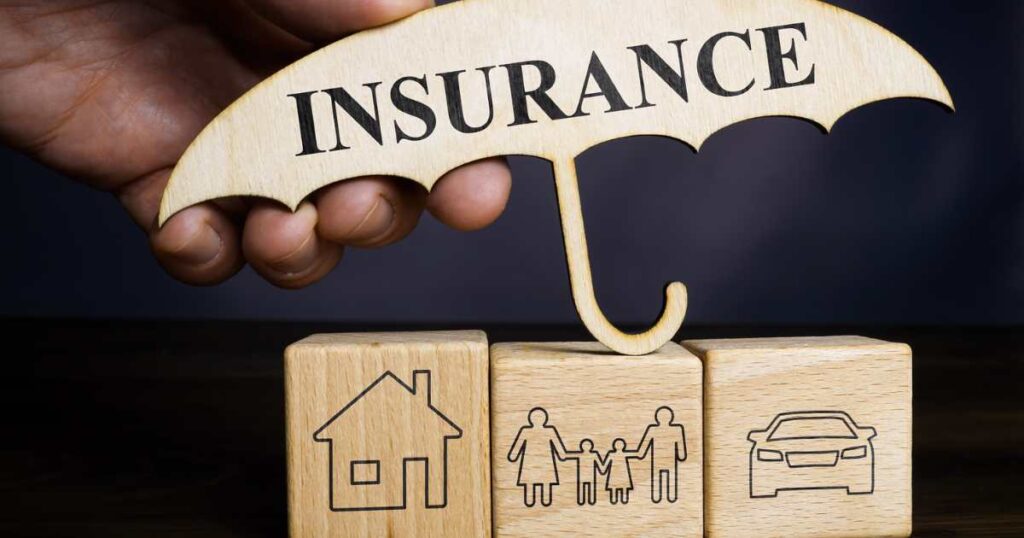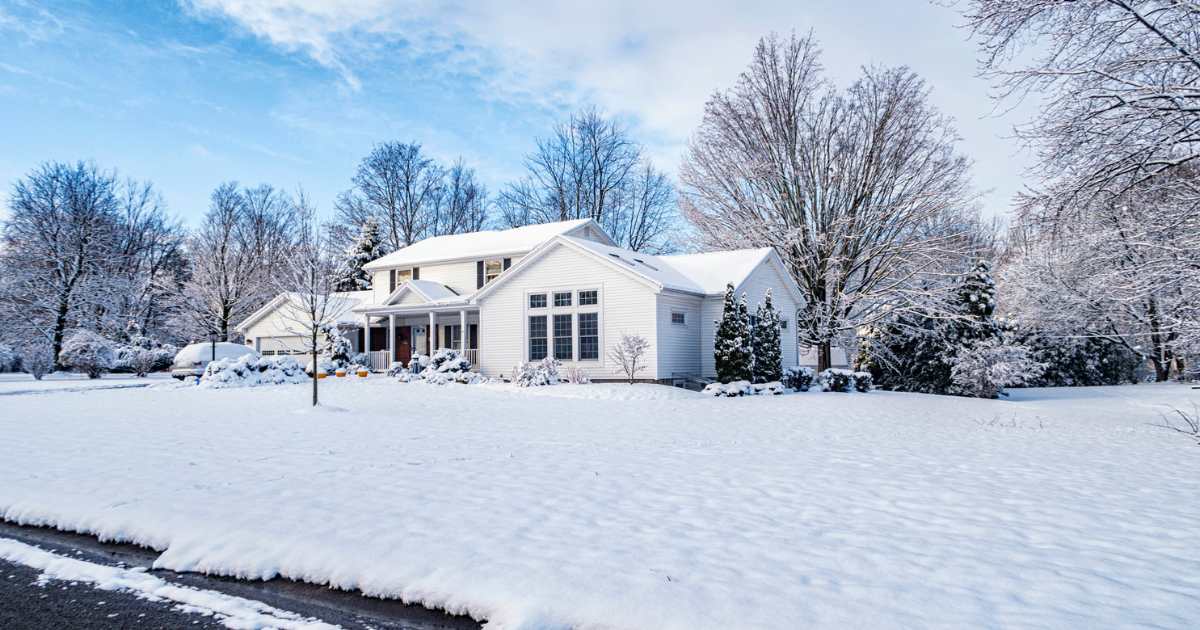Artificial intelligence (AI) and automation are revolutionizing the construction industry. Drones survey sites faster than ever, autonomous bulldozers grade terrain with precision, and AI-powered software helps teams coordinate complex projects in real time. While these advances boost productivity, they also introduce new risks and raise important questions about how construction companies protect themselves through insurance.
At Tooher-Ferraris Insurance Group, we work with contractors, builders, and developers to navigate these emerging exposures. In this article, we’ll explore how autonomous equipment impacts your general liability and workers’ compensation programs and why reviewing policy language for new technologies is essential.
Autonomous Equipment: A Double-Edged Sword
Automation promises safer sites by reducing human error and keeping workers out of hazardous conditions. For example, an autonomous excavator can dig a trench without putting an operator at risk of cave-ins or contact with underground utilities. However, these machines don’t eliminate accidents; they change how they happen.
Who’s at fault if an autonomous crane malfunctions and damages a nearby property? What if a site worker is struck by a driverless haul truck? Contractors, equipment manufacturers, software developers, and project owners could all be pulled into complex claims. Liability may be less clear-cut than with traditional human error.
Impact on General Liability
1. Bodily Injury and Property Damage
A standard Commercial General Liability (CGL) policy covers bodily injury or property damage arising from your operations. But with AI-driven equipment, questions can arise:
- Was the damage due to an equipment defect or an operator’s misuse?
- Does the subcontractor agreement properly transfer liability?
- If an AI system “learns” new behaviors, who’s responsible for its actions?
Insurers may scrutinize whether autonomous equipment was properly maintained, calibrated, and monitored. Contractors need to ensure maintenance logs and software updates are documented — and that contracts with technology providers clearly define responsibility.
2. Product Liability Exposures
If you own or modify autonomous equipment, you may be considered part of the “product chain,” exposing you to product liability claims. Traditional CGL policies may not fully cover this risk if they exclude product failures or don’t contemplate software errors that lead to damage.

Impact on Workers’ Compensation
AI and robotics aim to reduce manual labor injuries — one of the biggest drivers of workers’ comp costs. Fewer repetitive motion injuries and less exposure to dangerous tasks are clear benefits.
However, the introduction of autonomous machinery can create new hazards:
- Workers might not fully understand how to interact with robotic systems.
- “Human-robot interaction” injuries, like being struck by a self-driving loader, can lead to unique claims scenarios.
While your workers’ comp policy will generally respond to employee injuries, insurers may want to see robust training programs and safety protocols for working alongside automated systems.
Policy Language Considerations for New Tech
One of the biggest pitfalls for contractors embracing automation is assuming their existing insurance policies automatically adapt to new exposures. Here are three key areas to review with your broker or risk advisor:
- Definitions of “Covered Operations”:
- Does your policy clearly define your work, including any ownership or operation of autonomous equipment? An outdated description could create a gap.
- Exclusions for Cyber or Tech Failures:
- Many CGL and property policies contain exclusions for damage caused by software failure, cyberattacks, or programming errors. If an autonomous machine is hacked or its AI system malfunctions, you could find your claim denied. Consider stand-alone cyber coverage or technology E&O if you’re deeply invested in smart equipment.
- Contractual Risk Transfer:
- When partnering with equipment manufacturers, software vendors, or subcontractors, contracts should clearly outline who assumes responsibility for malfunctions or misuse. Well-crafted additional insured and indemnification clauses can help protect you from unexpected losses.
Future-Proof Your Risk Management
AI and automation will only continue to evolve on construction sites. Forward-thinking contractors should not only invest in safety training and robust maintenance but also work with insurance partners who understand how to adapt coverage to modern risks.
At Tooher-Ferraris Insurance Group, we help our construction clients stay ahead of emerging liabilities. From reviewing your general liability and workers’ comp policies to negotiating endorsements that address new technologies, we’re here to ensure your coverage grows with your business.
Stay Ahead of the Curve
Is your construction company prepared for the new era of smart job sites? Connect with a Tooher-Ferraris advisor today to review your insurance program and protect your business from the evolving risks of AI and automation.









